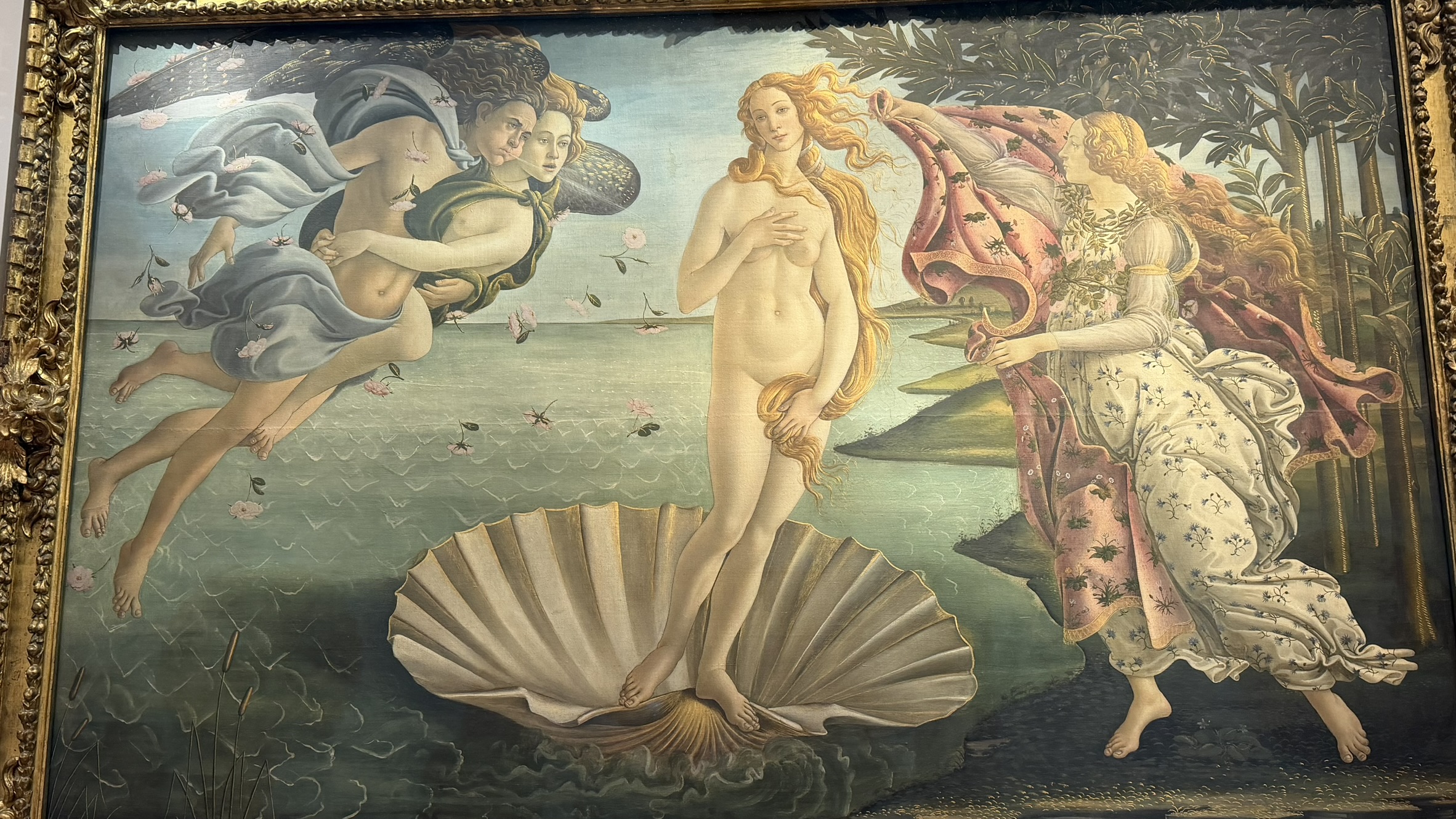Recently, I was presenting on the power of business storytelling at a professional services firm. I had been brought in with the brief that the team members needed to humanise their content. Clients had been complaining about drowning in data and not feeling a connection to the solutions. The professional services team members were even accused of being ‘robotic’ in their client interactions.
In my presentations, I demonstrated why storytelling is important and got participants to experience the power of storytelling and explore the missing piece in their practice (it’s high energy, fun and practical). At the end of this presentation, one of the audience members said, ‘We already do this. We have always shared stories about our work, our war stories.’
My jaw almost hit the ground! Here is what is happening when leaders think they already use storytelling:
- Leaders who use storytelling tend to be an anomaly; they are the exception rather than the rule. If you, as a leader, are using stories that are brilliant, you cannot make the assumption that this is happening across the board in your company (especially based on what clients are saying).
- The word ‘story’ is a very loose label. Often, leaders think they are sharing stories when they might be sharing case studies or a series of facts. Labelling something a story does not make it one!
- War stories or stories about how we do things can frankly be boring for your clients. These are not tailored around your audience and their needs, so they are not invested in these stories. I call this asymmetrical storytelling, where the audience doesn’t see the story the same way as the narrator.
- Even if you are using storytelling in business, there is always room for improvement. Are our stories short, purposeful, crafted for an audience? Is there impact in their delivery? Are we measuring our ROIs and building our library of stories?
- Finally, to answer this, I want to share my model:
in terms of storytelling, some people are amateurs. They have no idea how to use storytelling. Some people are apprentices, and they have just started learning. With proper skills, training and practice, some people become masters. They influence and have impact with their stories. These are like black belts in karate. Finally, you have story artists. Think Brene Brown or Ken Robinson; they are the like the Karate Dans. Interestingly, in Karate and storytelling, even the Dans never stop learning.
|
Outcomes |
Stages |
| Inspire | Artist |
| Influence | Master |
| In training | Apprentice |
| Insipid | Amateur |

Power Play
Great leaders are mega influencers, but could their tools of influence be out of date? To influence today, you need more than just the traditional approaches of yell and tell (coercion) and sell (persuasion). With this book, learn new and commercially savvy alternatives that will help you deliver outstanding results in the modern workplace. Influencing others isn’t magic – it’s a skill that you can make work for you.
Recent Posts
You’re special, thank you

My Love Bomb Micro Challenge for you

The weird provocation the internet is melting over

My tough marker Mum gives this an easy 4.5 stars

Sometimes you need to ask, ‘Am I the drama?’

Did you know art and presenting share a unique goal?
Categories
- Books4
- Business storytelling articles37
- Business storytelling examples50
- Business storytelling techniques93
- Business Storytelling training66
- Case Study5
- Communication5
- Conference Speaker10
- Examples of Story66
- Inspiration39
- Interview with…7
- Latest Posts185
- Life hacks5
- Presentation Skills23
- Speaking24
- Technology3
- Thoughts113
- Uncategorized6
- Workshops2
- Writing3
- X Factor15
